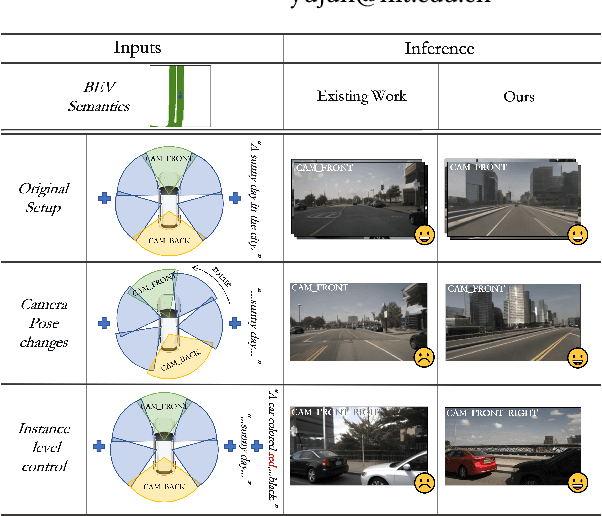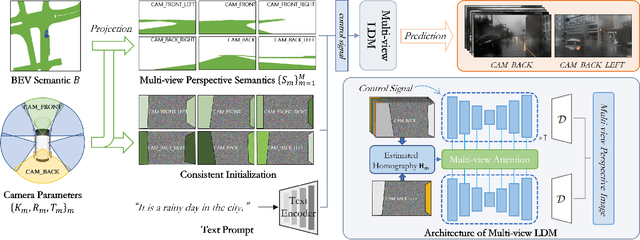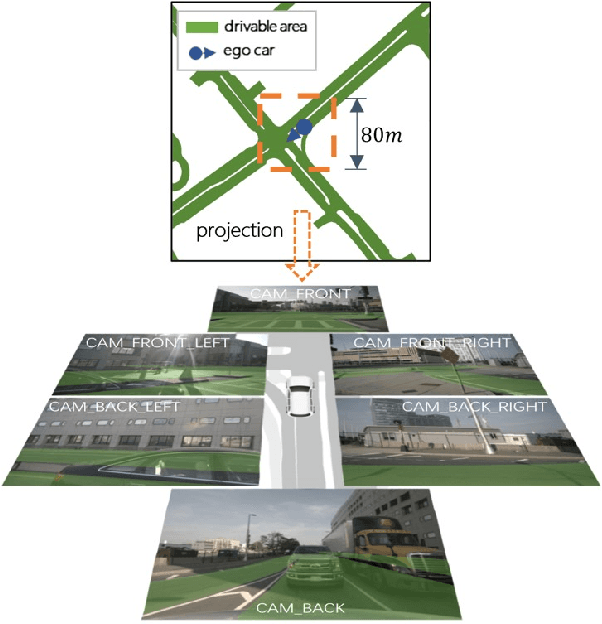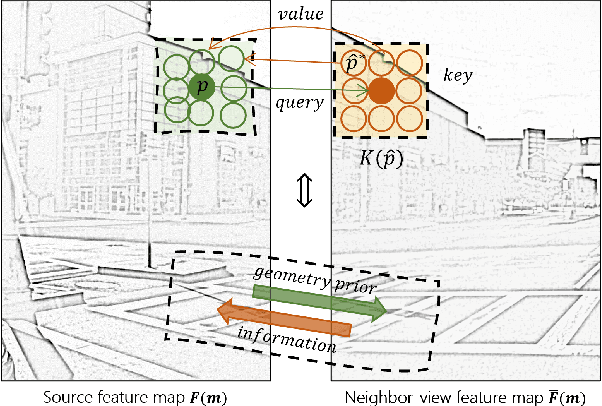Yansong Liu
Joint Knowledge and Power Management for Secure Semantic Communication Networks
Apr 21, 2025Abstract:Recently, semantic communication (SemCom) has shown its great superiorities in resource savings and information exchanges. However, while its unique background knowledge guarantees accurate semantic reasoning and recovery, semantic information security-related concerns are introduced at the same time. Since the potential eavesdroppers may have the same background knowledge to accurately decrypt the private semantic information transmitted between legal SemCom users, this makes the knowledge management in SemCom networks rather challenging in joint consideration with the power control. To this end, this paper focuses on jointly addressing three core issues of power allocation, knowledge base caching (KBC), and device-to-device (D2D) user pairing (DUP) in secure SemCom networks. We first develop a novel performance metric, namely semantic secrecy throughput (SST), to quantify the information security level that can be achieved at each pair of D2D SemCom users. Next, an SST maximization problem is formulated subject to secure SemCom-related delay and reliability constraints. Afterward, we propose a security-aware resource management solution using the Lagrange primal-dual method and a two-stage method. Simulation results demonstrate our proposed solution nearly doubles the SST performance and realizes less than half of the queuing delay performance compared to different benchmarks.
MVPbev: Multi-view Perspective Image Generation from BEV with Test-time Controllability and Generalizability
Jul 28, 2024



Abstract:This work aims to address the multi-view perspective RGB generation from text prompts given Bird-Eye-View(BEV) semantics. Unlike prior methods that neglect layout consistency, lack the ability to handle detailed text prompts, or are incapable of generalizing to unseen view points, MVPbev simultaneously generates cross-view consistent images of different perspective views with a two-stage design, allowing object-level control and novel view generation at test-time. Specifically, MVPbev firstly projects given BEV semantics to perspective view with camera parameters, empowering the model to generalize to unseen view points. Then we introduce a multi-view attention module where special initialization and de-noising processes are introduced to explicitly enforce local consistency among overlapping views w.r.t. cross-view homography. Last but not least, MVPbev further allows test-time instance-level controllability by refining a pre-trained text-to-image diffusion model. Our extensive experiments on NuScenes demonstrate that our method is capable of generating high-resolution photorealistic images from text descriptions with thousands of training samples, surpassing the state-of-the-art methods under various evaluation metrics. We further demonstrate the advances of our method in terms of generalizability and controllability with the help of novel evaluation metrics and comprehensive human analysis. Our code, data, and model can be found in \url{https://github.com/kkaiwwana/MVPbev}.
 Add to Chrome
Add to Chrome Add to Firefox
Add to Firefox Add to Edge
Add to Edge